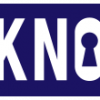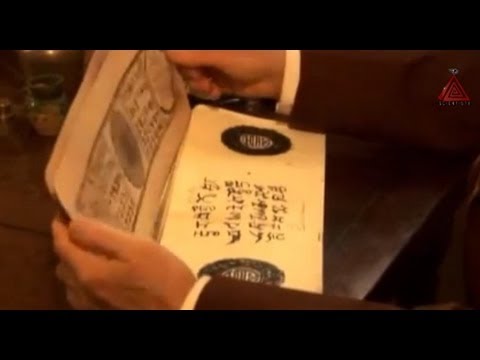NEWSFLASH:
I am passing along information sent to me by a devout American Tibetan Buddhist nun about controversy raging today, in this normally peaceful religious community. The Dalai Lama has recently placed serious bans on the centuries-old practice of prayers to a specific deity, Dorje Shugdan, considered by those who revere it as a kind of “guardian angel” and protector of one’s own Dharma or the “correct way of living and conducting oneself.”
The Tibetan exile community in India has recently been forced to sign cards to denounce this Deity, lest they be ostracized, cut off from financial support, with many monks and nuns already kicked out of their monasteries. There are store signs being put up everywhere, saying that Dorje Shugdan practitioners and any friends of theirs are not welcome at shops, restaurants and hospitals. There have even been some beatings of loyal Dorje Shugdan practitioners.
The Dalai Lama thus succeeded in almost wiping out this practice among the Tibetan people.
The American Tibetan Buddhist nun who sent me this news says “His ban and slander is harmful to my practice because it is discrediting my lineage gurus and if he does not lift this ban the New Kadampa tradition may well disappear in time. His position of power in the world has caused many people to look down on me and millions of others that want to practice prayers to my Dharma protector Dorje Shugdan.”
There will be a large demonstration for religious freedom in Washington DC on Saturday March 7th. There just was some demonstrations in San Francisco and LA where the Dalai Lama was speaking recently. He is such a powerful figure and loved by so many, including myself and other Kadampas and practitioners of Dorje Shugdan, that he has influenced the public and caused much suffering. We just want him to let us have religious freedom.”
===
THE BOOK OF THE DEAD
This is a documentary about the ‘Tibetan Book of the Dead’, more formally known as ‘Bardo Thodol: The Liberation Through Hearing During the Intermediate State.” The more casual title, of course draws a parallel with the ancient ‘Egyptian Book of the Dead’, another funerary text.
The Tibetan text was written with the intention to guide one through, the experiences of consciousness experienced after the death of the physical body; during the interval between death and the next rebirth, in accordance with Buddhist belief in reincarnation.
This interval is known in Tibetan as the “bardo”. The text also includes chapters on the signs of death, and rituals to undertake when death is closing in, or has taken place. It is the most internationally famous and widespread work of Tibetan Nyingma literature.
According to Tibetan tradition, the Liberation Through Hearing During the Intermediate State was composed in the 8th century by Padmasambhava, written down by his primary student, Yeshe Tsogyal, buried in the Gampo hills in central Tibet and subsequently discovered by a Tibetan terton, Karma Lingpa, in the 14th century.
There were variants of the book among different sects. The Tibetan Book of the Dead was first published in 1927 by Oxford University Press. Dr. Walter Y. Evans-Wentz chose this title because of the parallels he found with the Egyptian Book of the Dead. The Liberation Through Hearing During the Intermediate State is recited by Tibetan Buddhist lamas over a dying or recently deceased person, or sometimes over an effigy of the deceased.

